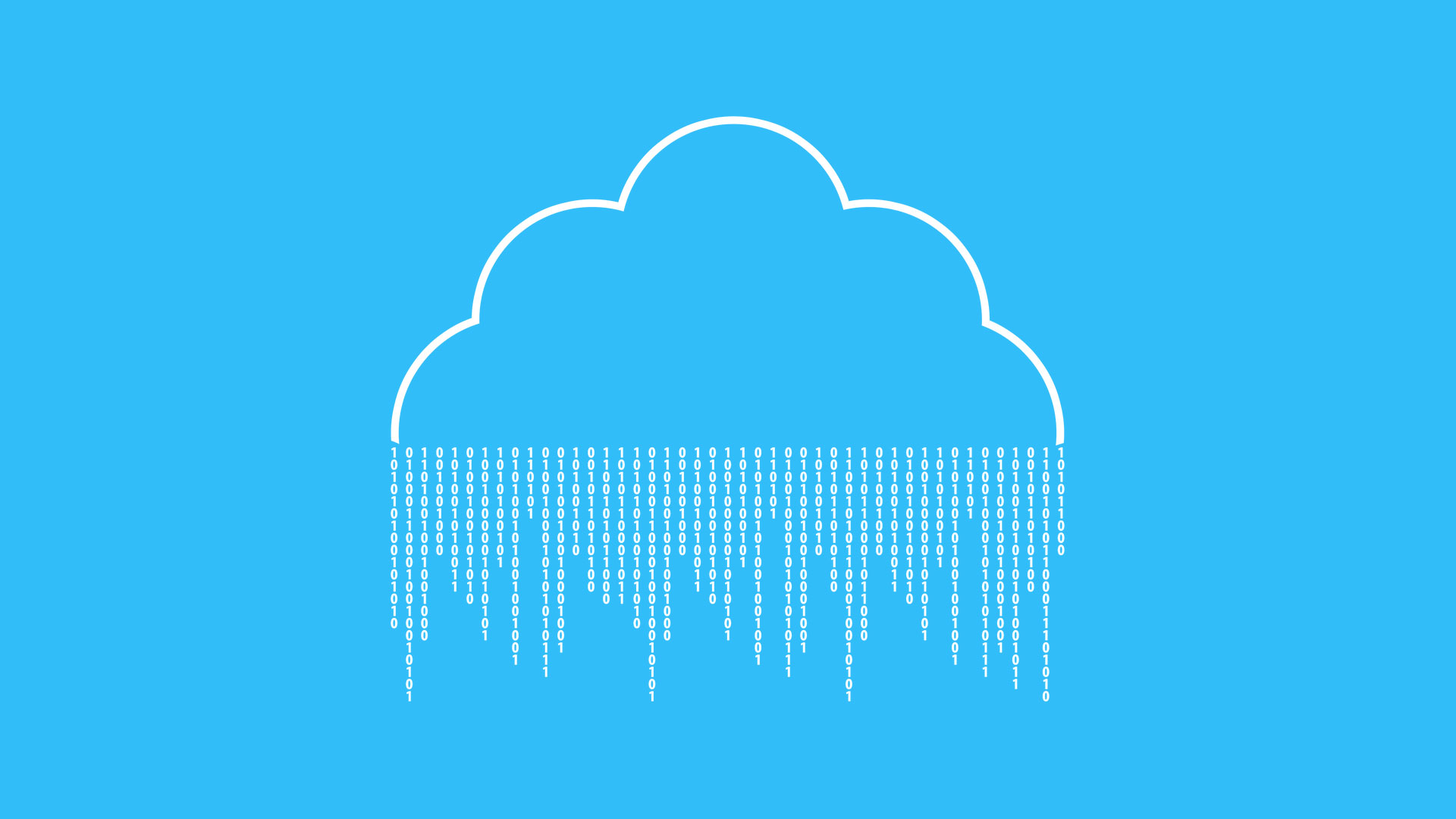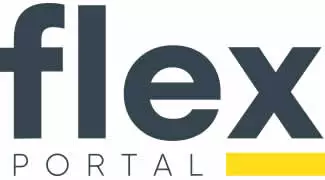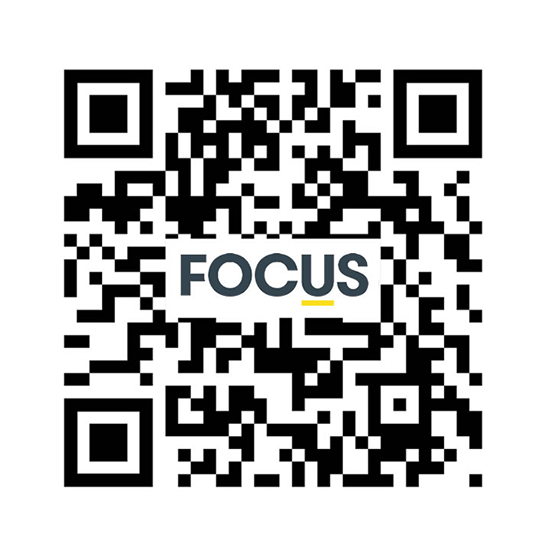In this, the 3rd part of our introduction to cloud computing, we’re going to be taking a look specifically at Paas, which stands for Platform-as-a-Service. But first let’s just refresh our minds as to what is meant by cloud computing.
The Origination of the Term “Cloud Computing”
Cloud computing refers to a remote service methodology; in other words it refers to something that is not physically present in our homes or in the workplace. It’s actually rather like the Internet itself, which is distributed to the general public by a number of servers run by various ISPs all over the world.
So although the word “cloud” as we use it when we talk about computers, is very new, (it was probably first used by Google’s Eric Schmidt at a search engine conference in August 2006), the concept in generic terms has been around since the internet went live to the general public at large in 1989.
We owe that to a guy called Tim Berners-Lee who worked for CERN, Europe’s huge particle accelerator based in Switzerland. He developed the world’s first dial-up internet facility, and christened the phrase the “World Wide Web”. But back to the main thrust of this article – Cloud computing and PaaS in particular.
What is PaaS?
PaaS can be viewed as a way of renting hardware, operating systems, network facilities, and storage capacity on the internet. In terms of hardware, we mean things like virtual servers; things that don’t have an actual physical presence, but that act as if they do. These virtual services, including networking and remote storage, provide the platforms on which software can be run, or be stored.
The Advantages of Using PaaS
The main advantages of using the PaaS offering within the concept of cloud computing are threefold:
Physical Space: Because the “hardware” is by nature virtual, it has no physical presence. This can be important for both small “one-man band” businesses as well as SMEs. Space is always at a premium. For the one-man band operating typically from home, there’s simply may be no room to allow for extra physical hardware. In terms of SMEs, expanding hardware may mean having to lease or purchase additional premises, not to mention the technology itself. The funds may simply not be available.
In terms of business expansion or contraction, many PaaS providers offer an automatic scaling facility, which adjusts the capacity being supplied to match the client’s demand.
Finance: Purchasing additional hardware is always going to be an expensive business, especially for smaller companies who may have problems raising finance. By using PaaS services, the cost is translated into monthly hire, thereby easing cash flow. Although the hardware will never actually be owned by the hirer, it is always there “on tap” when needed. Also, if the business is forced to downsize due to prevailing circumstances, any hire can simply be terminated.
There is also another advantage from the financial point of view, and this is that if an organisation has offices in many diverse locations, the use of a single remote infrastructure point can be very convenient, as it can be tapped into by any of those remote locations. This may allow the total spend devoted to any multisite projects to be minimised.
Technology updates: Nothing seems to move faster than the IT sector. Products are constantly being developed, refined, and updated, and it’s very easy for any business to become complacent and find they are operating on dated hardware and/or software. Organisations that provide PaaS however must always keep their products current and at the cutting edge of technology, in order to provide the very best services and to remain competitive with other service providers.
The Disadvantages of Paas
As with anything, in addition to any advantages there are to be gained, there is always a downside too. However, the disadvantages referred to below can often be avoided by some careful research before you commit yourself to any particular service or service provider.
Avoiding Lock In: One of the problems with using PaaS is that many of the service providers use different interfaces, or different development languages. This is fine as long as you stay with the same service provider, but if you one day decide that you’d like to change supplier, it may not be as easy as you’d otherwise think.
Restricted Development: No two service providers are the same. Some invest more heavily than other in terms of keeping current. It may be that if you choose a supplier who is not as forward looking as others, and you want to adopt a newly developed methodology, the supplier you are using may not be able to comply if they haven’t invested in the new development.
The Choice is Yours
The one indisputable fact is that cloud computing technology opens up the options for one and all. It brings with it enhanced security, and the chance to develop state of the art systems and infrastructures at an affordable price. Whether you embrace IaaS, SaaS, PaaS, or all three, the choice is yours.









